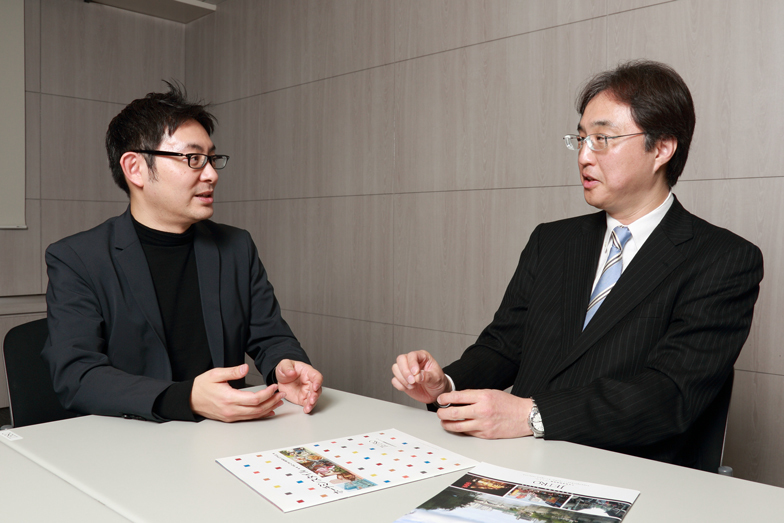Moving beyond intuitive judgment toward a scientific approach
Minami: When it comes to Japanese service, the word "omotenashi" often comes to mind these days. What are the strengths of Japanese service?
Kitagawa: To be understood overseas, I believe we need to break down the somewhat vague expression "omotenashi" into its constituent elements. For example, sincerity, kindness, and sensitivity. Additionally, the speed of customer service and operations, along with punctuality, significantly influence the quality of omotenashi. Particularly, the cleanliness of stores is a point mentioned by 100% of successful retailers expanding overseas.
Minami: What is needed to further sharpen competitiveness?
Kitagawa: Relying on the "Japanese way" and assuming our service will be universally accepted is a recipe for failure. Comparative analysis with local services is essential. It's crucial to base decisions on scientific verification and approach, not just gut feelings. The value of a service lies in its perceived "value for money" compared to others, not in its absolute price. It's not just about the price; the high perceived value is the strength of Japanese services. However, as mentioned earlier, Japan's service industry, especially B2C, only began serious overseas expansion in the 2000s, making its history shorter than manufacturing. It may take 20 to 30 years for Japan's unique strengths to become firmly established as recognized value. Whether it's Japanese cuisine recognized as a UNESCO Intangible Cultural Heritage, the food service industry boasting unique concepts, or convenience stores and barber shops with innovative business models, they must continuously evolve to keep winning against emerging local competitors.
Building Support Systems Starts with Understanding the Service Industry
Minami: What types of industries do you see expanding overseas in the future?
Kitagawa: I believe the momentum in food service and retail will continue unabated. Additionally, we'll likely see unexpected sectors like coin-operated parking and office leasing achieve success. They are B2B businesses, but ultimately serve consumers (C). It's essentially a B2B2C model. The biggest challenge, without a doubt, is securing global talent. When appointing local CEOs, there are still few candidates stepping forward. Improving the retention rate of local talent and establishing training systems are also unavoidable. Furthermore, new approaches are needed for financial support to expanding companies. The service industry is dominated by small and medium-sized businesses, typically using regional financial institutions as their main banks. However, few of these institutions have staff knowledgeable about overseas markets. Unlike manufacturing, it's also harder to secure tangible collateral for loans. Consequently, financial institutions become reluctant, making it difficult for ambitious entrepreneurs to realize their dreams. JETRO is currently accepting seconded personnel from financial institutions to deepen their understanding of overseas business.
Minami: So, when considering future means of acquiring foreign currency, deepening understanding of the service industry is necessary?
Kitagawa: Over 70% of Japan's workforce is now employed in the service industry. Yet, even in mass media, discussions remain centered on manufacturing. If we fail to strengthen the service sector, which drives the Japanese economy, it could impact the next generation. I believe a shift in mindset and the establishment of support systems are necessary, encompassing finance, media, and the education sector.






